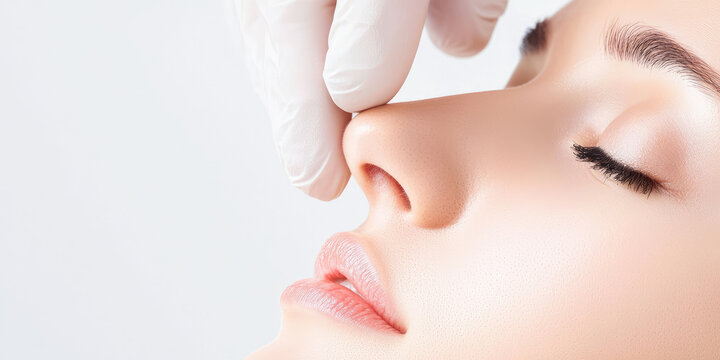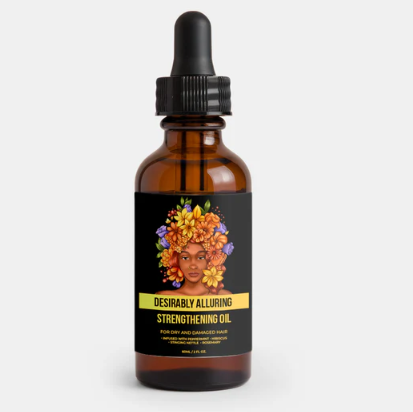Rhinoplasty, commonly known as a nose job, is a transformative cosmetic procedure designed to reshape and refine the nose for aesthetic or functional improvements. In recent years, innovative techniques like PRP (Platelet-Rich Plasma) have been integrated into traditional rhinoplasty procedures to support healing and tissue regeneration. Many individuals seeking this advanced approach often wonder: Is rhinoplasty with PRP FDA approved? Understanding the regulatory status, medical applications, and how professionals apply these treatments is essential for making an informed decision. For those exploring expert cosmetic solutions in the region, it’s also vital to consider Rhinoplasty Dubai for cutting-edge medical care.
What Is PRP in Rhinoplasty?
Platelet-Rich Plasma (PRP) is a natural product derived from a patient’s own blood. It involves processing the blood to concentrate platelets, which are rich in growth factors that stimulate healing. In the context of rhinoplasty, PRP is often used to accelerate tissue repair, minimize bruising, and enhance the overall outcome of the surgery.
In this combined approach, PRP does not replace the rhinoplasty procedure itself but acts as a supportive element. It is either injected into the treatment area or applied topically during surgery to encourage optimal healing and improve tissue response.

FDA Approval Status of PRP in Rhinoplasty
As of now, the U.S. Food and Drug Administration (FDA) has not granted specific approval to PRP as a standalone treatment for rhinoplasty. However, the devices and kits used to prepare PRP are FDA-cleared under the medical device category for orthopedic and wound healing purposes. This distinction is important: while the application method (i.e., the PRP kits) is FDA-cleared, the use of PRP in rhinoplasty falls under what is known as an “off-label” use.
Off-label use is legal and widely practiced in medicine, provided it is performed by licensed medical professionals based on sound scientific reasoning and patient safety considerations. In the case of rhinoplasty with PRP, experienced surgeons utilize PRP to enhance tissue healing post-operation, especially when aiming for natural rejuvenation.
How Surgeons Incorporate PRP Into Rhinoplasty Procedures
Expert cosmetic surgeons adopt a highly methodical approach when incorporating PRP into rhinoplasty. The process usually involves the following steps:
Blood Extraction and PRP Preparation
Prior to surgery, a small amount of the patient’s blood is drawn. Using a centrifuge, the platelets are concentrated to create PRP. The entire process is sterile and conducted under strict clinical protocols.
Surgical Rhinoplasty Procedure
During the rhinoplasty, the surgeon reshapes the nasal structure based on the patient’s goals—whether it involves reduction, augmentation, or correcting deviations. Advanced imaging and precision tools are used to ensure accuracy.
PRP Application
Once the surgical modifications are completed, PRP is introduced. It may be injected around soft tissue structures or applied over the surgical area. The growth factors in PRP begin promoting healing almost immediately.
Post-Operative Monitoring
The patient is carefully monitored during recovery to evaluate the healing process. Many surgeons note that PRP-treated patients experience reduced swelling and enhanced tissue quality during the post-operative phase.
Why PRP Is Used in Rhinoplasty
While not FDA-approved specifically for rhinoplasty, PRP is chosen by experienced surgeons for its many regenerative properties. Here’s why:
- Accelerates Healing: Growth factors in PRP trigger rapid tissue repair.
- Reduces Inflammation: PRP has natural anti-inflammatory properties that help minimize post-op discomfort.
- Enhances Skin Quality: Improves skin texture and tone around the nose, which is particularly helpful in revision rhinoplasty.
- Decreases Bruising: Promotes better blood vessel repair, leading to reduced discoloration after surgery.
- Supports Graft Integration: When cartilage grafts are used, PRP aids in better assimilation with surrounding tissue.
These benefits make PRP an effective adjunct in achieving superior aesthetic and functional rhinoplasty outcomes.
Is It Safe to Use PRP in Rhinoplasty?
Yes, when performed by a skilled cosmetic surgeon, the use of PRP in rhinoplasty is considered safe. Since PRP is derived from the patient’s own blood, the risk of allergic reactions or rejection is virtually nonexistent. The procedure follows strict clinical protocols and hygiene standards.
However, the success of PRP-enhanced rhinoplasty relies heavily on the expertise of the practitioner. Surgeons must possess a deep understanding of facial anatomy and the biological mechanisms of PRP to ensure the best results. For this reason, individuals seeking rhinoplasty with PRP should always consult board-certified professionals with a strong portfolio in advanced nose reshaping techniques.
How PRP Enhances the Outcomes of Rhinoplasty
The integration of PRP into a rhinoplasty procedure can improve both short-term recovery and long-term results. Key enhancements include:
- Smoother Recovery Process: Less swelling and discomfort contribute to a more pleasant recovery experience.
- Improved Tissue Vitality: PRP strengthens the structural and vascular integrity of nasal tissue.
- Refined Final Results: Because PRP encourages cellular regeneration, the final shape and texture of the nose appear more refined and natural.
Patients often report feeling more confident during the healing phase, as the visible signs of surgery dissipate quicker with PRP support.
What Do Medical Experts Say About PRP in Cosmetic Procedures?
Many cosmetic surgeons view PRP as a valuable tool in facial aesthetic surgery. While it’s not a replacement for surgical skill or technique, it is regarded as an enhancement method that maximizes results and supports patient satisfaction.
Benefits of PRP-Enhanced Rhinoplasty
Incorporating PRP into rhinoplasty procedures delivers several distinct benefits that elevate both the surgical process and patient outcomes:
- ✅ Faster Healing Timeline
Patients can resume daily activities more comfortably due to quicker tissue repair. - ✅ Natural-Looking Results
PRP encourages smoother skin integration, minimizing bumps or irregularities post-surgery. - ✅ Minimized Downtime
Reduced swelling and bruising allow for a shorter visible recovery period. - ✅ Long-Term Tissue Quality
PRP improves the elasticity and strength of skin and soft tissues in the nasal region. - ✅ No Risk of Allergic Reactions
Since the material is autologous (from the patient’s own body), compatibility is assured.
These benefits position PRP as a powerful enhancement tool when performed under expert surgical guidance.
Future Outlook for PRP in Aesthetic Surgery
While the FDA has yet to issue specific approval for PRP in rhinoplasty, the future looks promising. Research into PRP’s regenerative capabilities continues to yield positive data, and its integration into cosmetic and reconstructive surgeries is steadily expanding.
Many industry professionals believe that PRP will eventually receive broader regulatory recognition, especially as long-term clinical studies confirm its safety and efficacy in various specialties.
For now, patients interested in PRP-supported rhinoplasty should prioritize choosing experienced surgeons who follow evidence-based practices and stay current with advancements in cosmetic science.
Conclusion
Though rhinoplasty with PRP is not explicitly FDA-approved, the tools used to prepare PRP are cleared, and the practice remains widely accepted in advanced cosmetic medicine. When used under professional medical supervision, PRP significantly enhances rhinoplasty outcomes by accelerating healing, minimizing downtime, and supporting long-term tissue health. Patients considering this innovative approach should consult reputable specialists who are adept in combining surgical precision with regenerative techniques. To explore trusted and expert-led solutions, consider Rhinoplasty as a destination where advanced care and aesthetic excellence converge.




